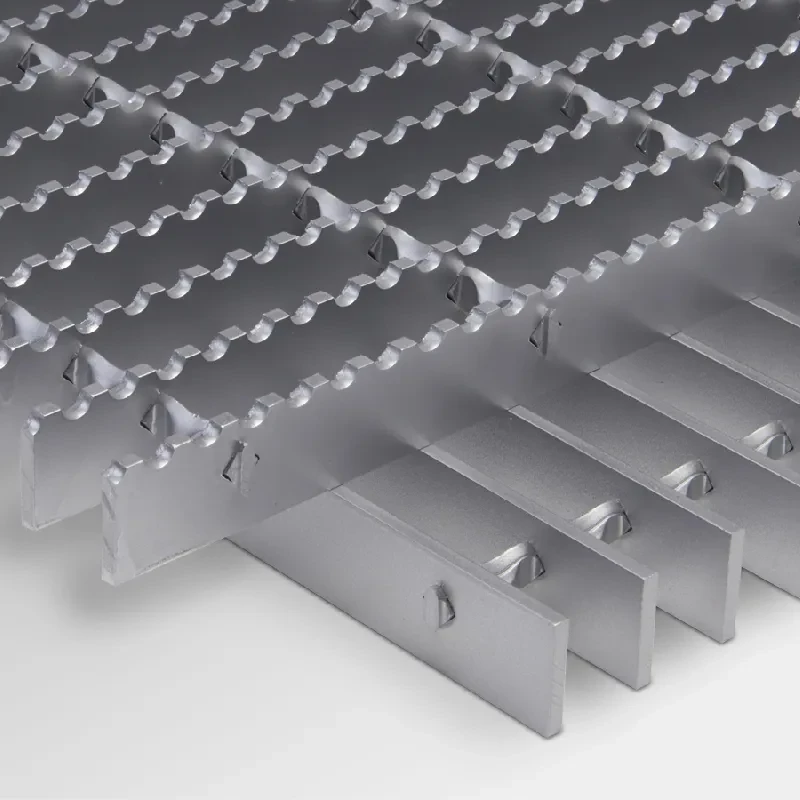- Industrial zone, South of Anping Town, Hengshui, Hebei, China.
- sales@hfpetromesh.com
- +86-18931809706
steel bar grating
Understanding Steel Bar Grating A Comprehensive Overview
Steel bar grating is a versatile and durable product widely used in various industries for flooring, walkways, platforms, and other applications. Comprising a series of parallel steel bars spaced at regular intervals, steel bar grating offers numerous benefits, including strength, drainage, and slip resistance, making it an ideal choice for both industrial and commercial uses.
Composition and Types
Steel bar grating is primarily made from carbon steel, stainless steel, or aluminum. The basic structure consists of load-bearing bars (often referred to as bearer bars) and cross bars that provide stability and support. There are several types of steel bar grating, including
1. Heavy-Duty Grating Designed to handle heavy loads, this type is commonly used in industrial settings such as factories and warehouses. 2. Light-Duty Grating Suitable for pedestrian traffic, light-duty grating is often used in commercial spaces, such as shopping centers or office buildings. 3. Pressure-Locked Grating This involves a manufacturing process that locks the bars together under high pressure, resulting in a strong, slip-resistant surface. 4. Welded Grating Bars are welded at their intersections, offering exceptional strength and resistance to distortion.
Advantages of Steel Bar Grating
Steel bar grating provides numerous advantages, making it a popular choice among architects, engineers, and contractors
steel bar grating

1. Strength and Durability Steel's inherent strength allows grating to support heavy loads without bending or breaking. Its longevity makes it a cost-effective solution over time. 2. Lightweight Despite its strength, steel bar grating remains lightweight compared to solid metal plates, making it easier to handle and install. 3. Corrosion Resistance When fabricated from stainless steel or coated with appropriate finishes, steel grating can withstand harsh environments, including exposure to chemicals and moisture. 4. Improved Drainage The open design of the grating allows water, debris, and other materials to pass through, reducing the likelihood of puddling and promoting safety in wet conditions. 5. Slip Resistance Many steel bar grating products feature surface textures or additional coatings that enhance grip, making them safe for use in high-traffic areas.
Applications
Steel bar grating finds applications across various sectors
- Industrial Settings Used in factories, power plants, and refineries for walkways, platforms, and equipment access. - Commercial Spaces Ideal for store display areas, heating vents, and drainage systems in shopping centers or office complexes. - Municipal Applications Used in bridges, sidewalks, and pedestrian paths to enhance safety and durability.
Conclusion
In summary, steel bar grating stands out as a reliable and efficient solution for a wide range of applications. Its combination of strength, durability, and safety features makes it a preferred choice for both industrial and commercial environments. With a variety of types available to suit specific needs, steel bar grating continues to evolve, providing innovative solutions that meet the demands of modern construction and engineering. Whether you’re looking to enhance safety in a factory setting or create an aesthetically pleasing walkway in a public space, steel bar grating is an optimal choice that combines functionality with resilience.
-
The Power of Pyramid Shaker Screen - A 3-Dimensional SolutionNewsOct.24,2024
-
Exploring the Versatility and Durability of Steel GratingNewsOct.24,2024
-
Revolutionizing Drilling Efficiency with Steel Frame Shaker Screens for Mud Shale ShakersNewsOct.24,2024
-
Potential of Shale Shaker ScreensNewsOct.24,2024
-
Offshore Pipeline Counterweight Welded Mesh - Reinforced Mesh in Marine EngineeringNewsOct.24,2024
-
Revolutionizing Offshore Pipeline Stability with Concrete Weight Coating MeshNewsOct.24,2024
